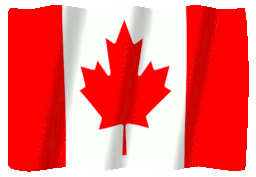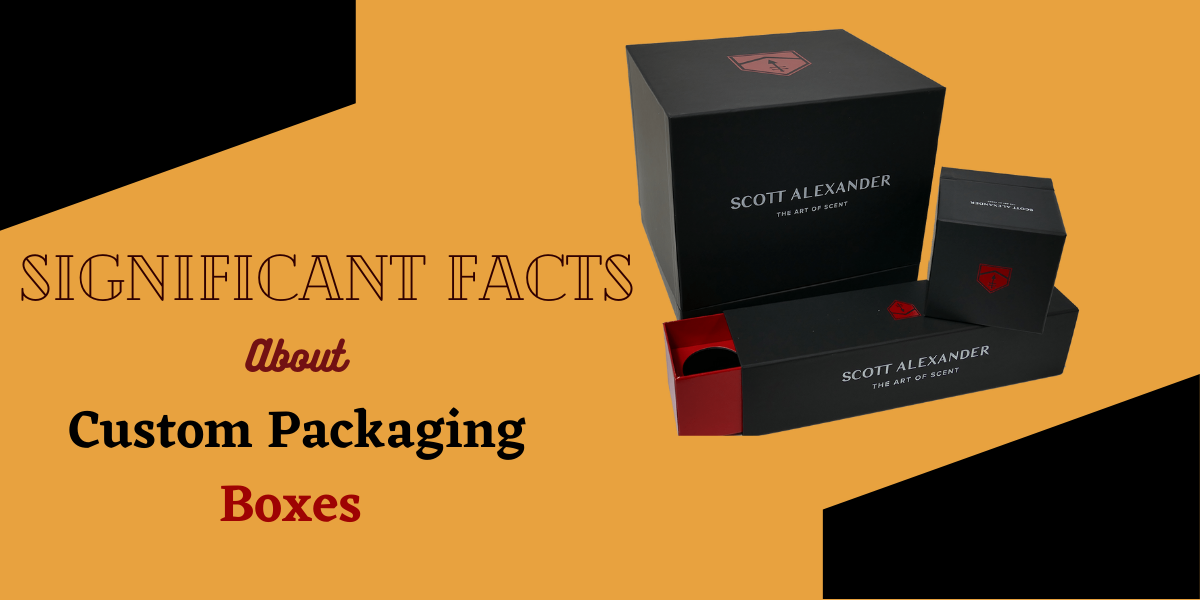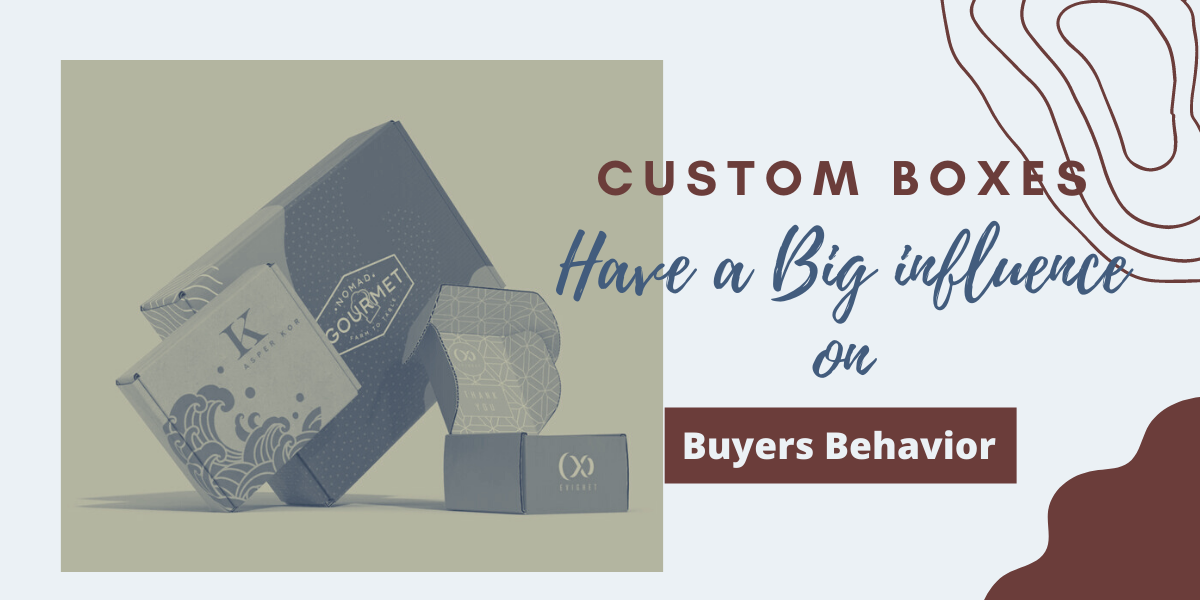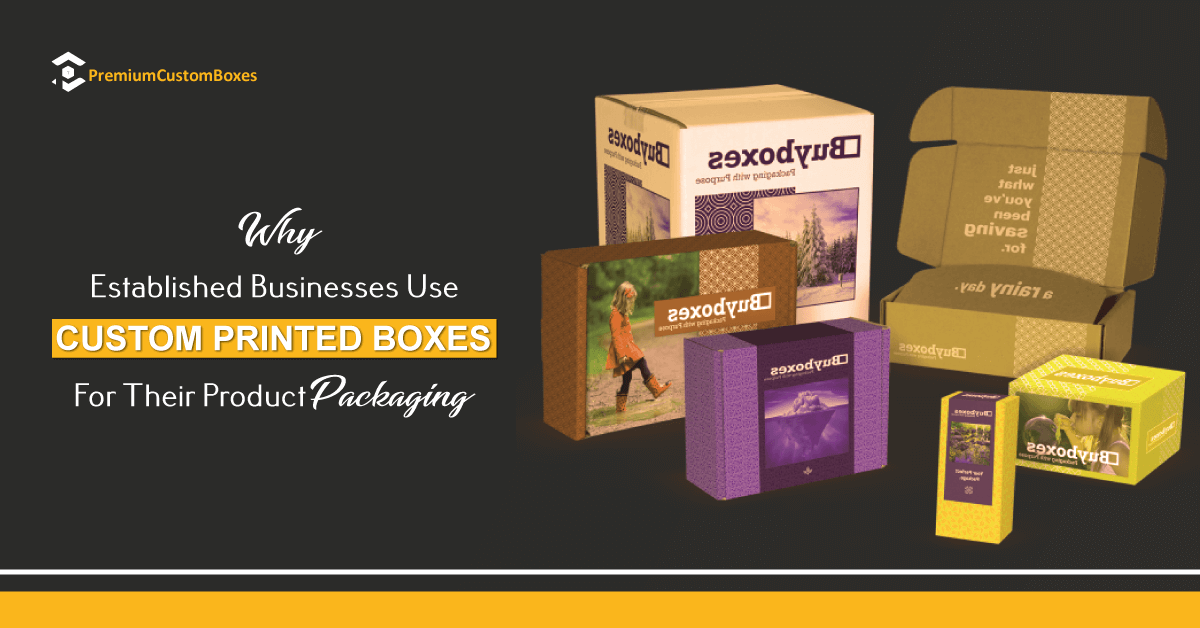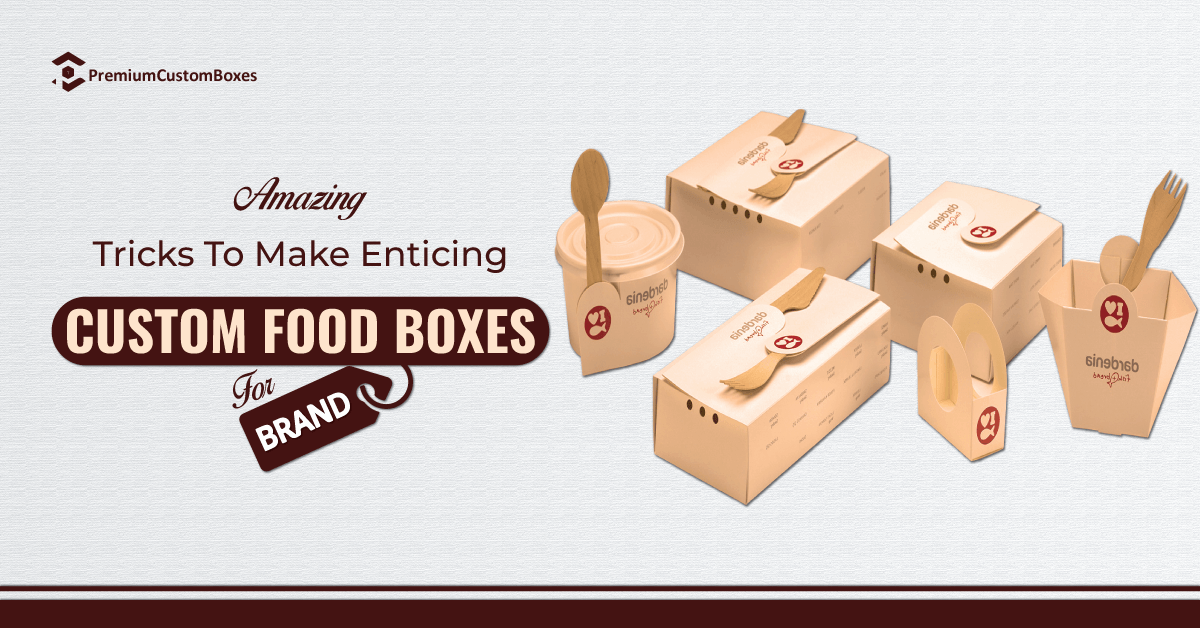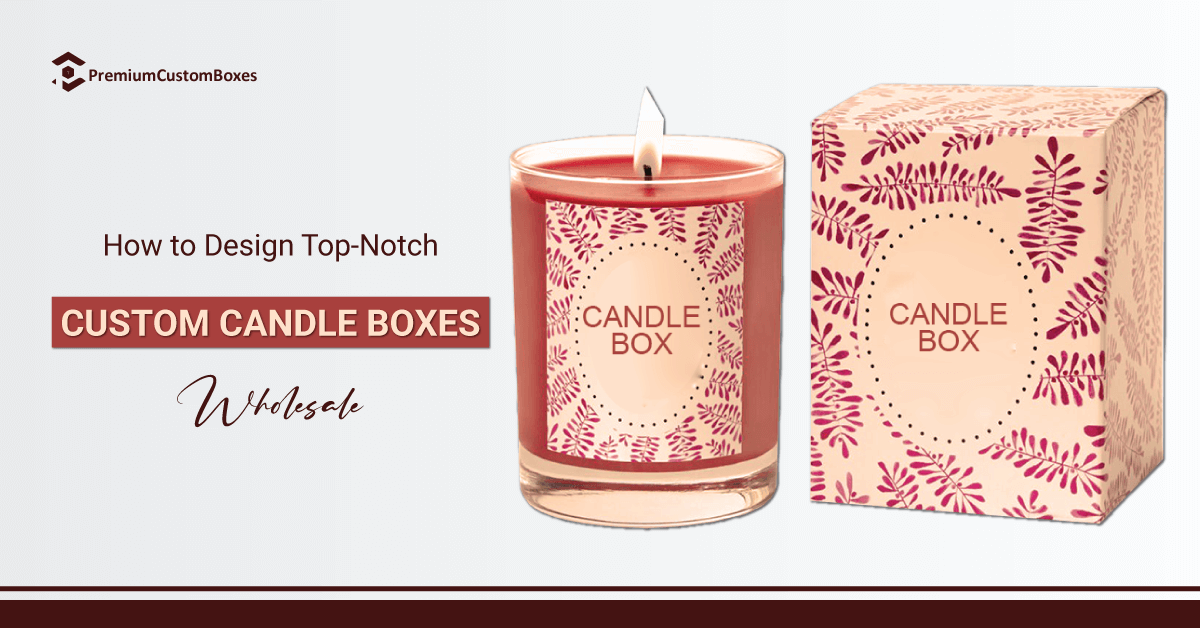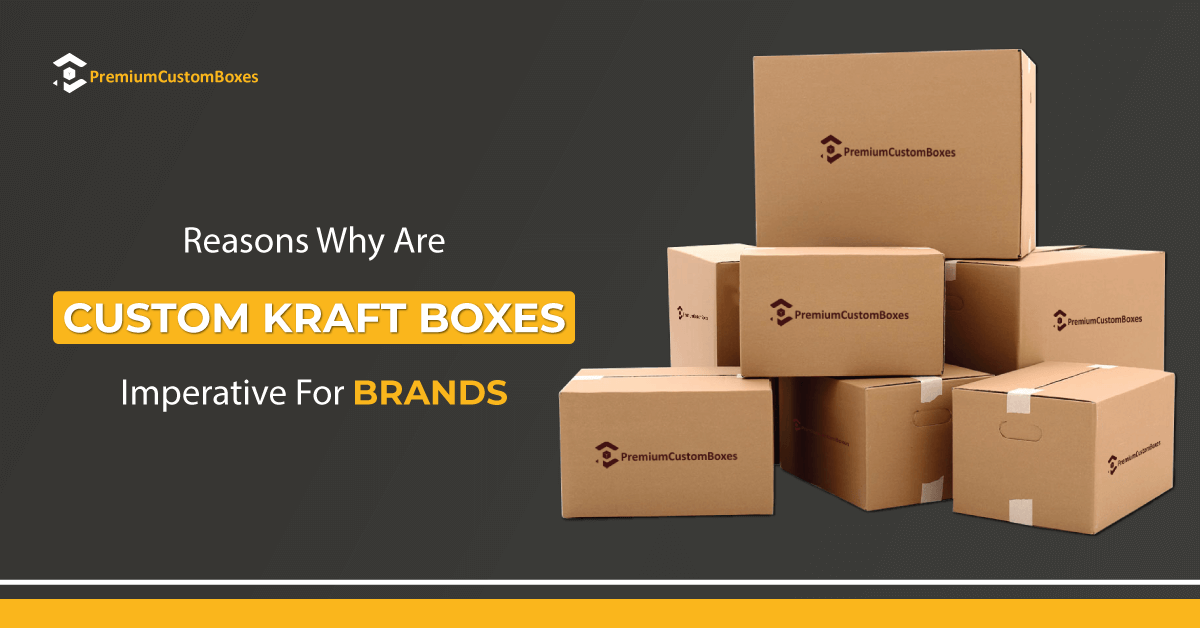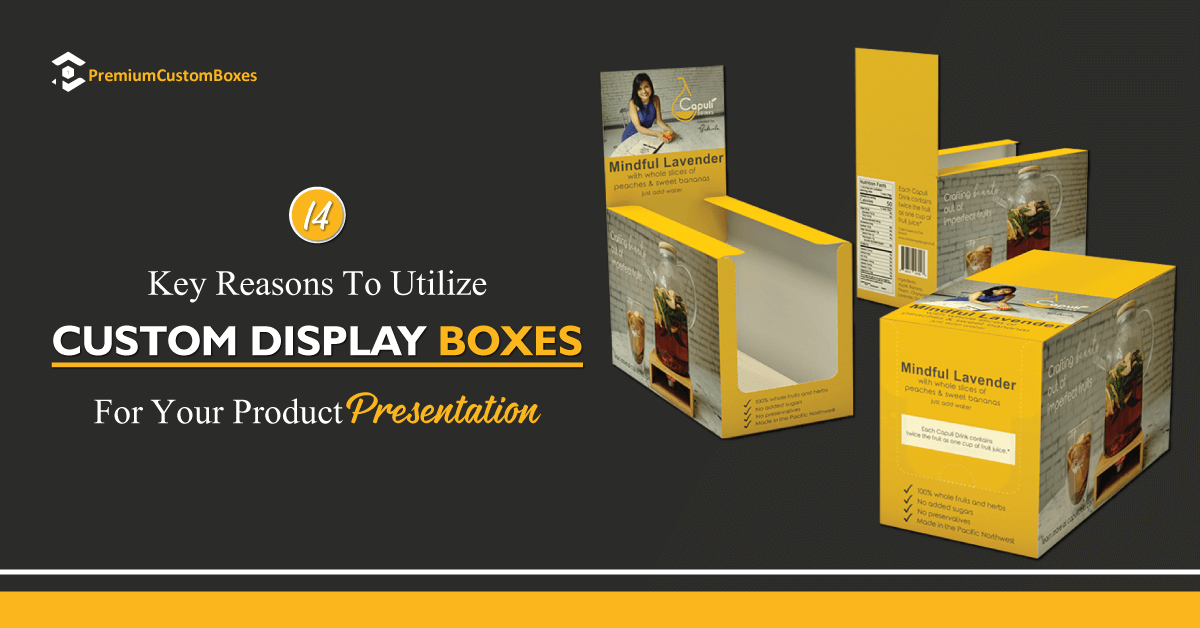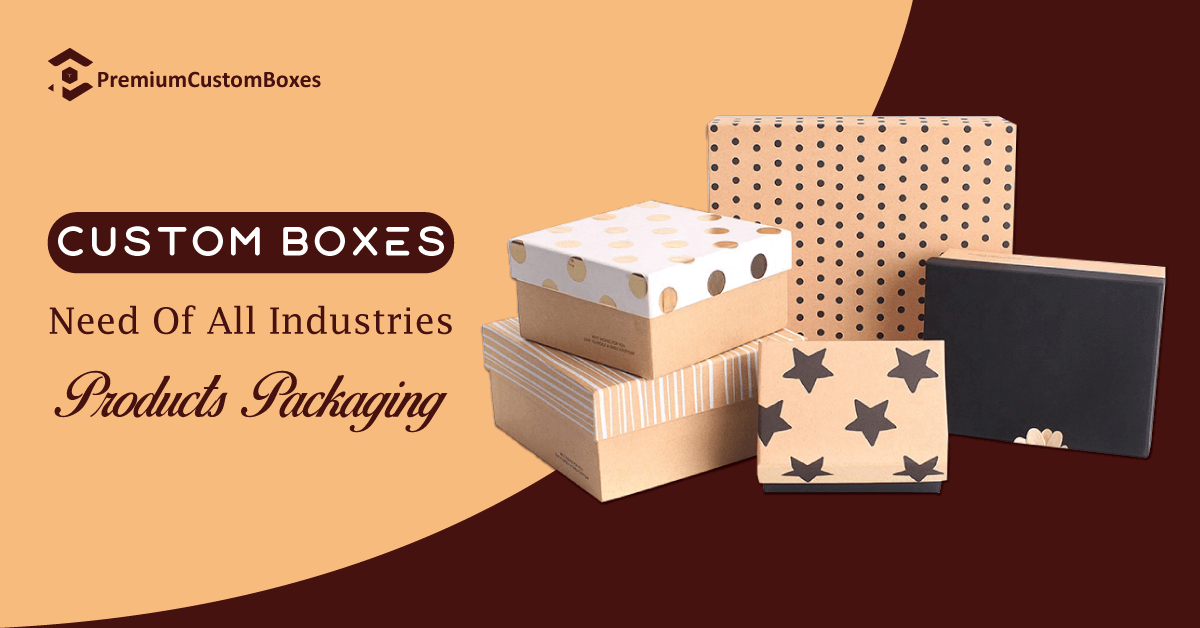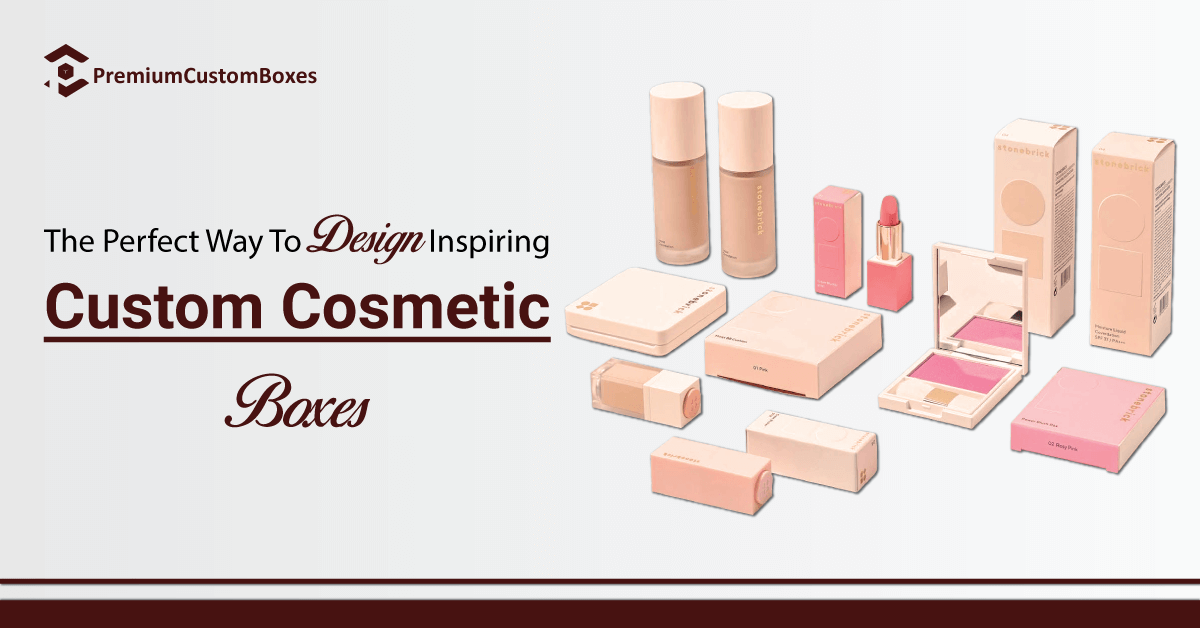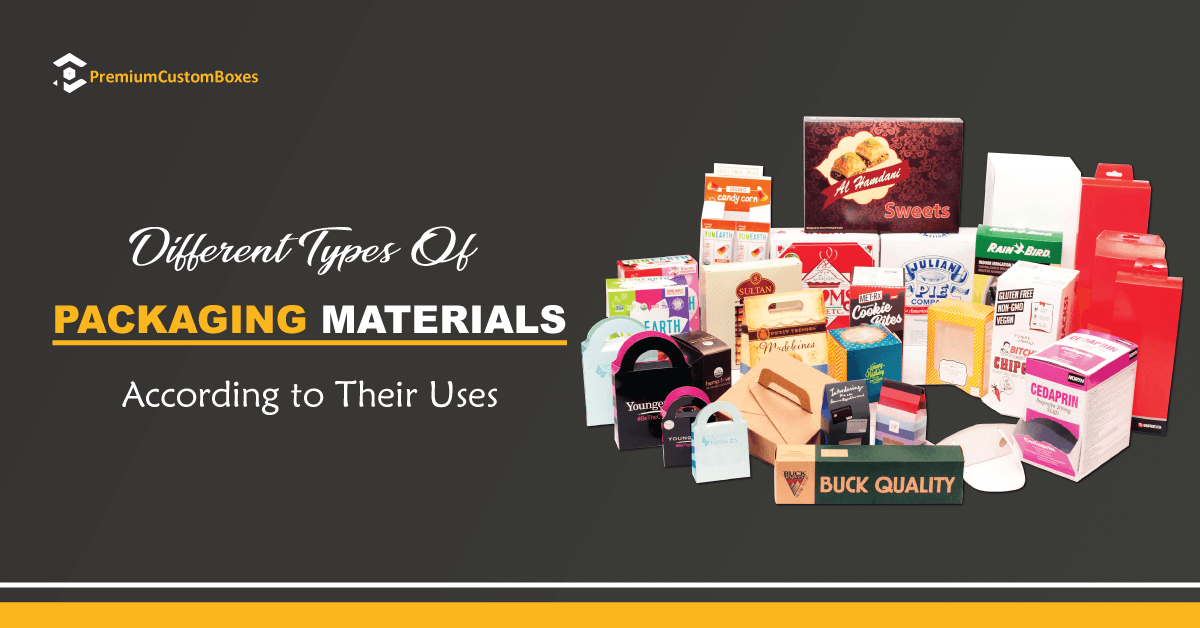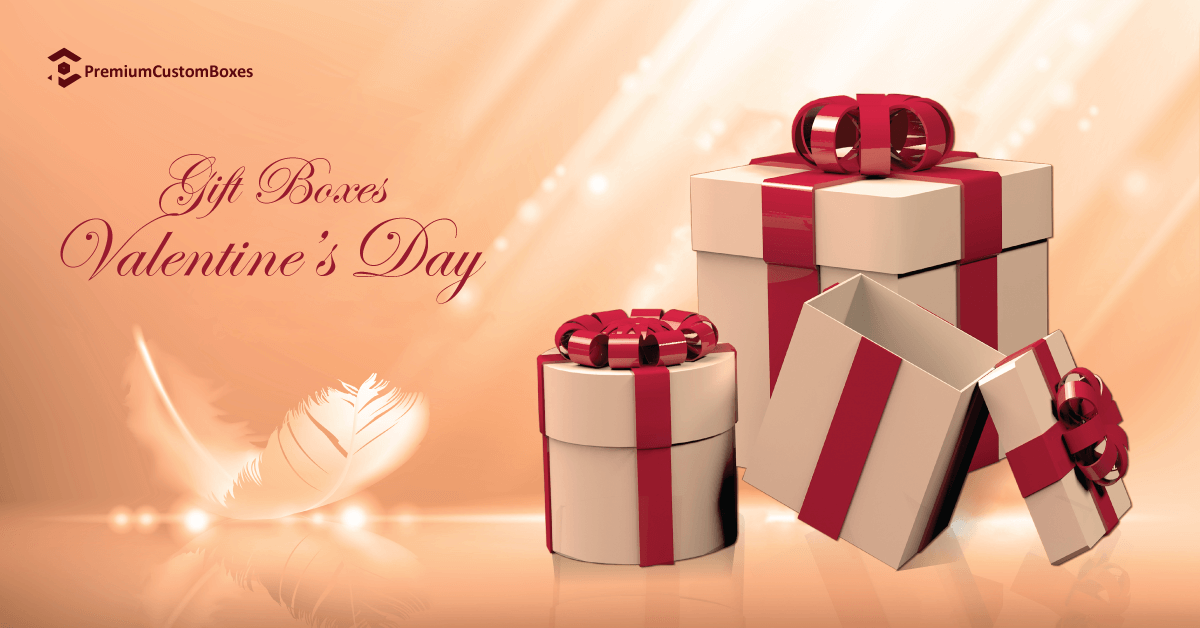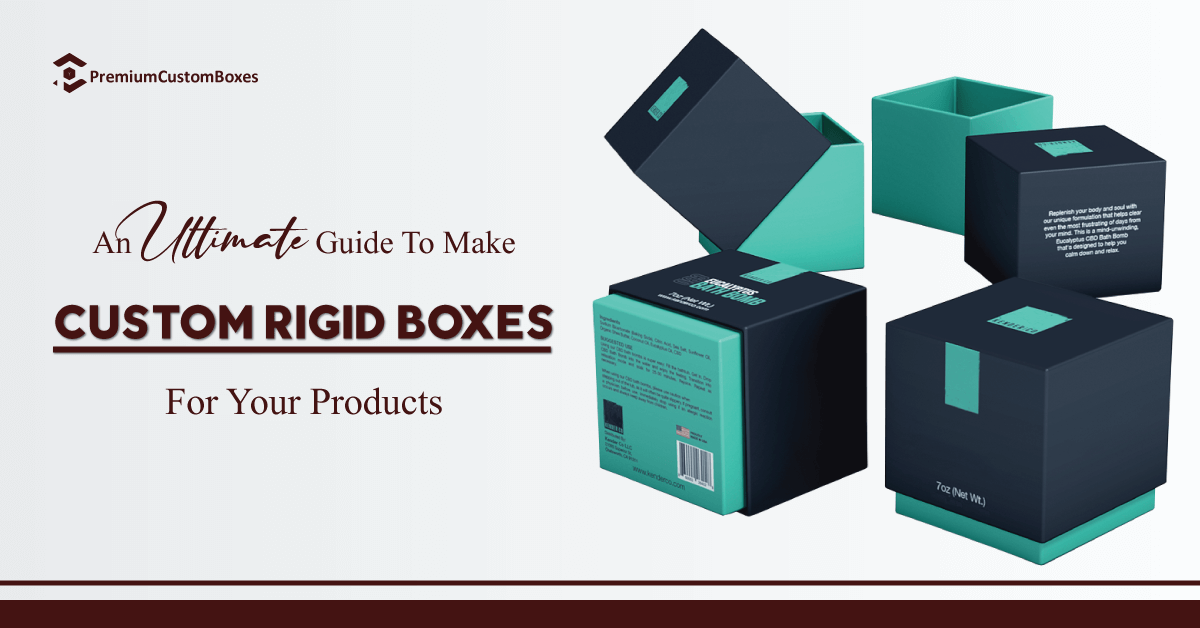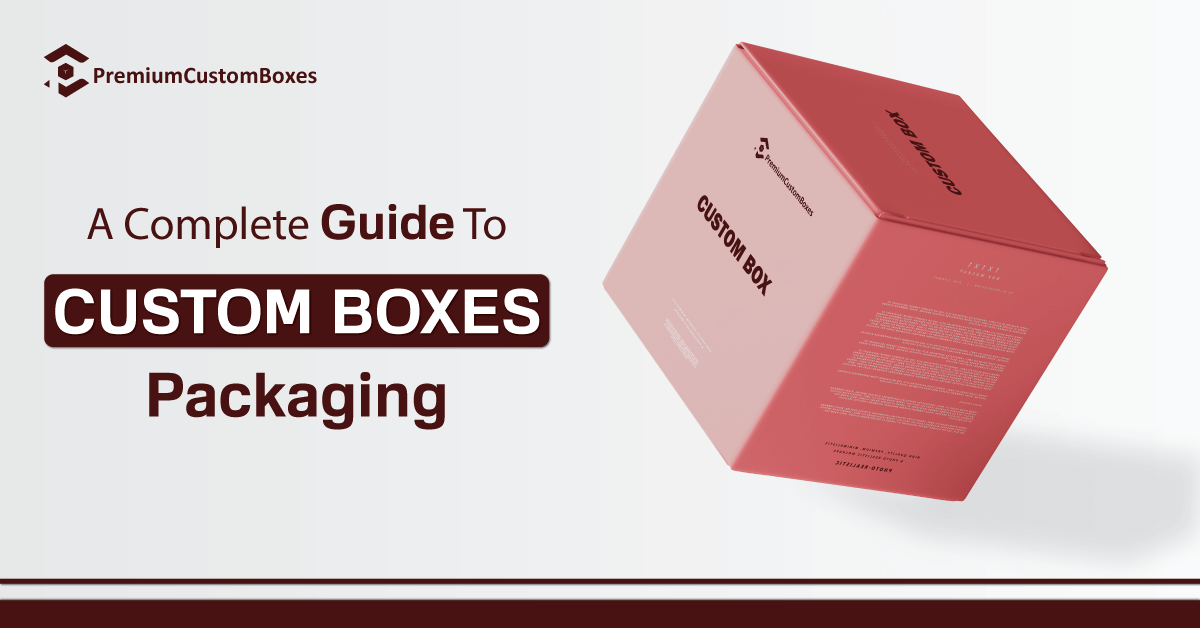
Packaging Design – Part 2

Product Packaging Shapes and Packaging Design
While the above styles refer to the aspect of graphic design, the shape of packaging is equally important and just as diverse.The shape of your product packaging is mostly dependent on your logistics and budget. While your product itself influences the shape too, it is these first two constraints that have the most impact on the final outcome.
When you think about the shape of your packaging, consider the whole logistics chain. Very fragile elements and unusual shapes will look great, but if you need to ship such packaging to a far-away destination, it might cause unnecessary problems.
A good way to approach your packaging’s shape is to focus on your customer’s priorities. Packaging needs to protect your customer’s product, as well as create a memorable unboxing experience. Your customers expect to be surprised, entertained, but the last thing they want is a damaged package.
Packaging Design
Great unboxing experience is crucial in your marketing strategy. Surprisingly, even the biggest e-commerce players tend to forget the importance of their packaging. Amazon, the online retail giant, is famous for ridiculously oversized boxes. While the company grows and gains new market shares, many customers flock to social media to complain about their terrible packaging choices.
The shape of packaging can also be misleading and – therefore – you need to be aware of possible mix-ups. A popular example is a juice container of Minute Maid that was redesigned in a very unfortunate way. The customers were sure it’s a cleaning product, placed in the wrong aisle in shops, which had a negative impact on sales.
While these examples might prove otherwise, introducing changes in your packaging design can be refreshing for your brand. Be sure to double-check your idea before implementing them.
Summing up Packaging Design and Shapes:
- Customers might be used to a certain packaging design – do your research before introducing any changes
- Packaging needs to fit your logistics chain
- Packaging design should match your product (don’t leave too much space free inside)
Packaging Design and Materials
Now you will see some of the most commonly used, as well as the most innovative materials used in designing and manufacturing packaging.
Corrugated Cardboard
Cardboard is one of the most popular packaging materials, used in a range of industries that include:
- Cosmetics
- Restaurants & food
- Subscription boxes
- Clothing
- Jewellery
- General e-commerce services
- Retail
- …and much more.
Cardboard is a durable material produced from wood pulp that is heated, mixed with water and turned into sheets that can be further cut. If you wish to dig deeper into the specifics of cardboard production, this article describes it in more details.
You’re probably wondering – what does “corrugated” mean?
Corrugated cardboard means that the sheets of cardboard are joint together to create layers called waves. These layers provide cushioning and strengthen the box.
Corrugated cardboard is a perfect solution to ship products due to its lightness and durability. Many companies send their products in cardboard boxes – from giants like Nike to small local brands.
On top of that comes the fact that cardboard is a perfect printing base. It can be whitened to give a very saturated colour palette or the design can be printed directly on the raw cardboard layer.
Fiber-based, Biodegradable Packaging Materials
Organic materials are also used in the production of packaging. This refers mostly to plant-based ingredients, which is a rising trend in the packaging industry.A great example comes from corn-based polyethylene bags, which have the same features as plastic material, but have the benefit of being completely biodegradable.
Other examples of eco-friendly packaging solutions are:
- Cardboard
- Paper
- Jute fibers
- Crop-based fibers like wheat that is used to create solid packaging.
Edible Packaging for Waffles
Biodegradable and compostable packaging solutions are gaining a lot more importance due to the waste generated by plastic or glass. Neither of these two materials is biodegradable, with glass, in particular, taking around a million years to break-down entirely.
Secondly, more customers become aware of the detrimental influence of plastic-based packaging. Consumers are starting to favour brands that go the extra mile to find more eco-friendly solutions.
Innovative Materials for Packaging
The most innovative packaging design isn’t found on the shelves of your local grocery store. Because, large mass produced products prefer to keep costs down and their pricing competitive. This means they’re less likely to innovate. Therefore, the most innovative packaging designs are trailblazing for the future.
While it may be tempting to implement an original material for your product packaging, these solutions are neither cheap nor easy to implement.
Among the coolest innovative packaging materials, you can find:
- Spider silk
- Edible packaging materials
- Fibers extracted from spoilt milk
- Algae-based fiber
- Mushrooms-based (mycelium)
Plastic Packaging
Plastic is still the most popular packaging solution, however, it will be heavily reduced in the coming years.You can find plastic packaging almost everywhere.
It’s used as food packaging, cosmetics, electronic goods, etc. From Coca Cola bottles to shampoos and your upscale headphones, plastic’s is quite a relied-upon solution in the packaging industry. It’s durable, cost-effective and adaptable to all kinds of products.
Despite it being so popular, plastic creates problems that we are now facing globally.The popularity of plastic packaging stems from its cheap production. While it is a relatively cheap option, plastic will soon be banned across many industries and countries.
The reason for that ban is the outrageous plastic waste generated every year. As a packaging material, plastic isn’t biodegradable and its recycling is still relatively costly.
Polyethylene Packaging
Polyethylene is used to produce solutions like poly mailers and other extremely light packaging solutions.It is a type of durable, waterproof plastic layer that’s ideal for shipping purposes. Bags made from polyethylene can be printed on, too. They can be helpful for brands that sell clothes or apparel accessories and due to the extremely lightweight, it’s a very cost-effective solution.
Glass & Aluminium Packaging
Glass is commonly used in food packaging. Although it is completely non-biodegradable, glass can be recycled pretty cost-efficiently (contrary to plastic). Glass is also limited in terms of packaging design. While various shapes can be formed, there aren’t any print options, aside from a traditional sticker label.
Finally, there is aluminium – a very light packaging material, which is mostly used in the production of cans, bottles, mailer bags and some types of food packaging.
What are your lessons learned about packaging materials?
- If the specifics of your product allow it, try removing any traces of plastic
- Look for plant-based solutions and cardboard boxes for shipping,
- A/B test your packaging – use small amounts of various options and see the reaction of your customers.
In the next section of the packaging design guide, you will find out which features of your design influence your business and how can you use packaging as a sales & marketing leverage.
Packaging Design and its Influence on Business
Setting the technicalities aside, you’re probably wondering how is all this going to affect my business??Just like your product design, packaging design influences the way customers perceive your brand. But there’s more to it than that.
Investing in a unique packaging design pays off in multiple ways:
- Packaging indirectly sells your product and helps to catch your customer’s attention
- Optimisation of packaging design helps to cut costs
- Packaging is a fantastic tool to drive customer loyalty and build a community
-
Sell your product with everything you’ve got
Sales of your product depend on a vast range of factors.Some of these factors seem obvious – like the skills of your salesforce or how your product performs among your competitors. However, some factors can be extremely influential, even though you wouldn’t suspect that.
An example is the infamous GAP rebranding, where the company changed its logo, which caused sales to plummet down. In the case of GAP, a new logo has driven a negative reaction of the customers. Packaging can also have an impact on your sales. Attractive packaging design evokes emotions and instantly wins the attention of a potential customer.
It’s also the unboxing experience that helps you sell more. Add a personalised thank you note, create something unique like scented packaging or wrap your product in a layer of elegant tissue paper. Surprise your customer the same way you would like to be surprised.
-
Keep Control Over Your Costs
Packaging design influences the fixed costs of your company. In an ideal world, your packaging will look impressive and minimize your production & shipping costs. This isn’t easy to achieve though. It’s easy to invest in a design that will generate additional costs or lose its value due to shipping damages.
When it comes to packaging, you have to be agile. Sometimes, it’s better to start with a less flashy solution. You can develop the design along with your company and product evolving. This is also a clever way to keep your customers interested. They will be more invested in a company that changes accordingly to their needs.
Controlling your costs is also dependent on the orders you make. In the case of small companies, ordering small batches helps them reduce the one-time investment. Bigger companies, however, often tend to purchase large quantities and keep packaging on hand at all times.
-
Retain & Keep your Customers
Last, but not least – if your packaging can be upcycled, your customers will make sure to come back to you.Okay, but what does upcycling mean? An early upcycling example comes from aluminium tea cans. The tea cans that travelled miles were often used as cans for spices, coffee or new kind of tea bags. That’s the idea of upcycling – giving packaging a second life.
Upcycling is a way to encourage your clients to keep your brand around a little longer. That’s the reason why many companies treat their packaging designs as forms of art. If a box or a bottle looks beautiful, why not keep it for storage purposes?
Customer loyalty can also be driven by the way your packaging solves a certain problem of your customers.Currently, the trend of edible packaging for food is gaining more attention, and it’s clearly a marketing move. Companies that will be bold enough to introduce edible packaging on a larger scale, will also be the pioneers of garbage waste reduction. And that’s a wild “hooray” from customers who care about the environment.
Final Thoughts
If you’re here, then it can only mean one thing – your brain is exploding with all information.As you can see, packaging design is a big decision to make and an essential part of your product and it influences a ridiculous part of your business.
Your business isn’t only dependent on packaging – obviously. There are dozens, if not hundreds of factors that will have an impact on your performance and growth. However, product packaging that is designed accordingly to the best trends and practices is a step in the right direction.
Packhelp can help you with your packaging needs. From cardboard boxes to paperboard-made packaging, tailor-made solutions and biodegradable bags – click below and discover the solutions for your brand.

